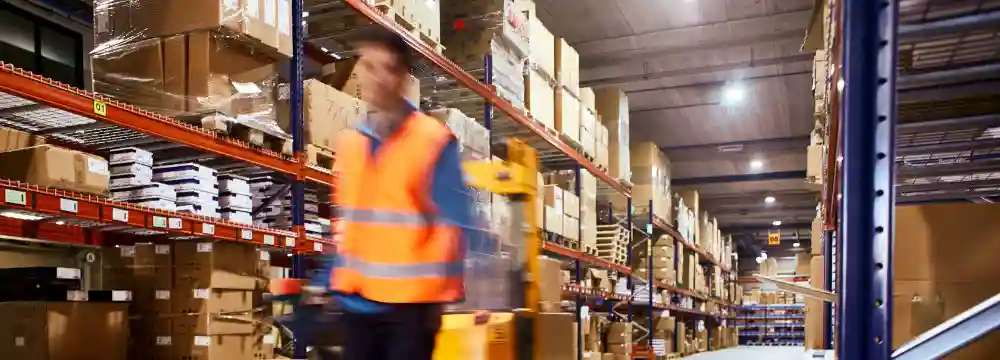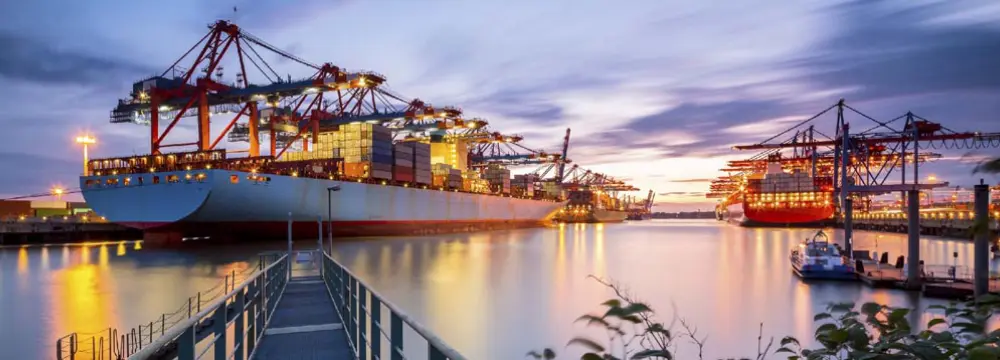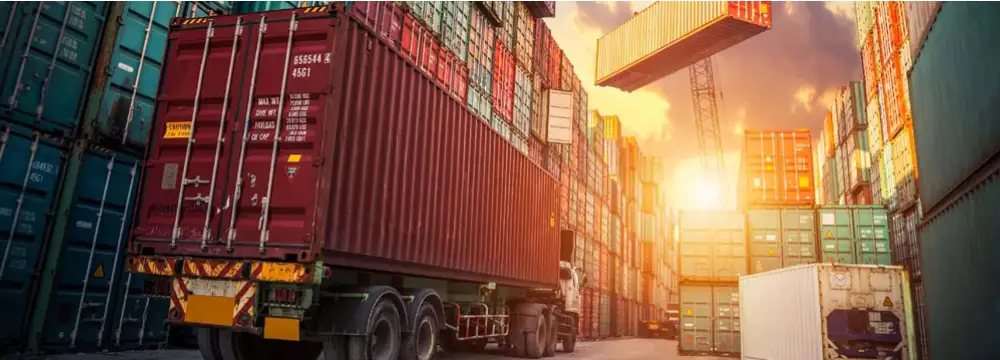In all markets there are certain barriers that can prevent you from actively trading. China trade barriers include various imposed restrictions and fees that discourage trading. They are often split among two categories: tariffs (TBs) and non-tariffs (NTBs) barriers to trade. The term tariff refers to taxes, duties and fees paid on a particular import (and, at times, export) class.
On the other hand, non-tariffs refer to China trade barriers unrelated to additional fees which include policies, regulations and license requirements. Compared to other countries, China is one of the most active in this area, perhaps due to the fragile nature of the continuous growth, which the government seeks to protect.
China Tariff Trade Barriers
A tariff is essentially a tax or duty that has been imposed upon a particular class of imports or exports. Tariffs worldwide are increasingly being imposed again against goods from China, after they were usually mutually reduced over the years.
In January 2016, the European Union announced its plan to impose a new range of tariffs on Chinese imports, particularly within the steel and solar industry. Therefore any potential tariff should be researched as well as be understood before deciding to import from China.
China, likewise, is imposing tariffs from 0 to 100% on imported goods. Examples for very high tariffs in China are cars and other luxury products. It is generally distinguished between three main tax/tariff categories: a value-added tax (VAT), a consumption tax and general custom duties.
High taxes on imports are the most obvious way to restrict the influx of goods.
China Non-Tariff Trade Barriers
Firstly, quotas are progressively becoming rescinded in China. Quotas are mostly an import related China trade barrier, and seek to impose a quantitative limit on a product to protect the domestic industry. Quotas are generally self-imposed by the home nation against other countries, acting as a barrier to foreign firms.
However, currently there are quotas imposed on around 40 different categories of commodities. By implementing a quota it prevents domestic consumers buying imported goods, and aims to increase the countries own locally produced goods consumption.
Currently a Chinese imposed quota is applied to the mining of rare earth minerals. However you must consider quotas imposed by other countries against Chinese products; for example, the USA currently restricts the amount of textiles that can be imported.
Licenses are also a commonly used non-tariff barrier of entry. In China however since 2005 the number of products subject to import licensing controls is limited. In 2015, only 2 categories of products were still subject to licenses, ozone depleting substances, and key technology used for mechanical and electronic products. These categories cover 135 separate items.
Anti-Dumping Duties
There are many anti-dumping duties in place currently against China. It is a tool allowed by the WTO as a safeguard against cheap imports that are a danger to the local industry and is aimed at imports. Many countries impose anti-dumping duties against China with examples being exporting stainless steel into India or the EU.
The duties are often in place for a set number of years, and the Indian and the European administration have imposed these anti-dumping duties to restrict exports from China damaging their own manufacturing industry.
Particularly indirect support for a country’s export sector leads to diplomatic tensions.
Voluntary Export Restraints
Voluntary export restraints is a government imposed limit on the amount of a defined category of goods that can be exported to a country in a set time frame. There is no immediate benefit for the country imposing those limits to itself; it aims to prevent counter measures of another country that is suffering under cheap imports. These voluntary exports restraints are often part of trade negotiations between countries or groups of countries.
Subsidies as China Trade Barriers
Subsidies are incentives for domestic producers to benefit from reduced costs. This policy is a China trade barrier to international trade since foreign firms may be unable compete price wise in the same market.
The subsidies that the Chinese government gives out to its own manufacturers allow it to compete globally on price. If a factory is located in one of the many special economic zones they are able to benefit from reduced corporation tax, and other benefits include VAT rebates, direct cash subsidies, and even discounted utility rates.
Up until 2008 foreign owned companies in China that exported over 70% of their product saw a 50% reduction in corporation tax. These subsidies are what have allowed China to grow in the global economic market. However these incentives are slowly being rolled back, as it is allowing other countries to benefit greatly from cheaper goods, but China itself having to face with paying higher prices for foreign goods.
Exchange Rate Controls
Due to China intervening with the Yuan exchange rate against the dollar a barrier to international trade is created against Western Countries. Since China effectively “props up” the exchange rate, there can be a discrepancy in the prices paid depending on the currency exchange rate.
Another China trade barrier is the self-imposed exchange rate controls. The country has a variety of foreign investment restrictions, and the level of foreign direct investment (FDI) in Chinese companies is also restricted. However these restrictions are slowly being lifted, and year on year an increase in the level of FDI is seen. It acts as a barrier to trade because it restricts how much involvement foreign companies can have in certain sectors like manufacturing.











